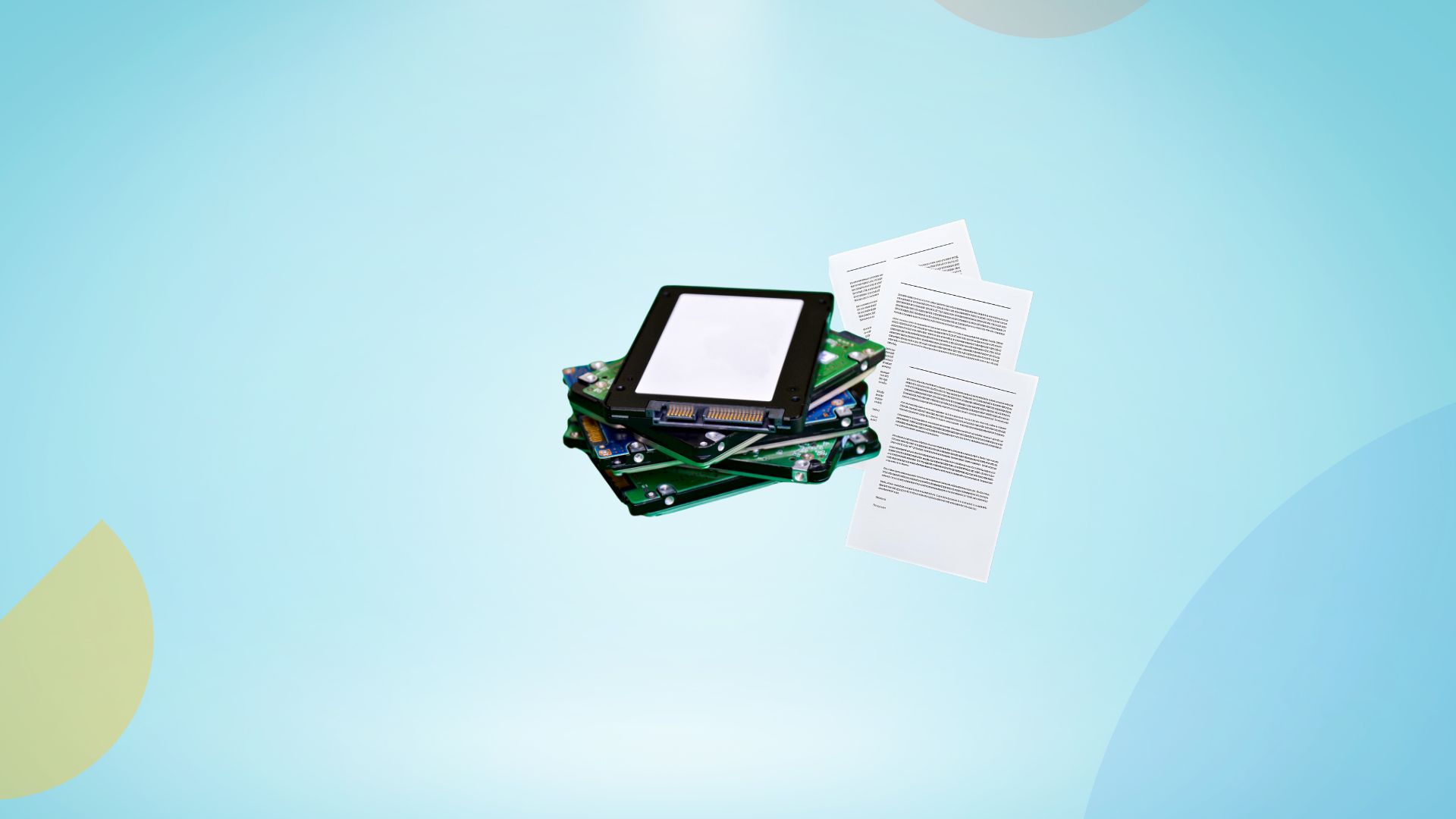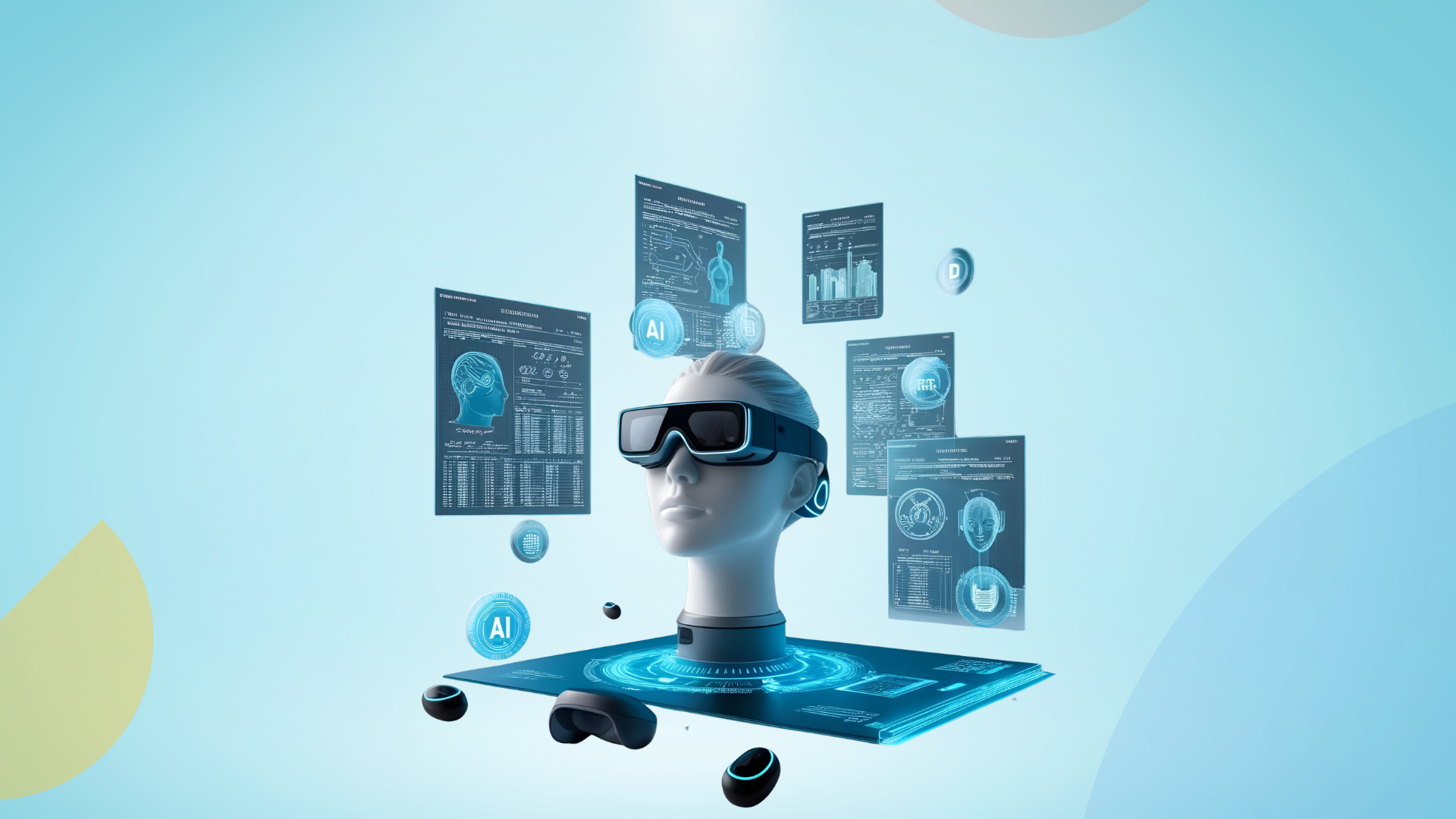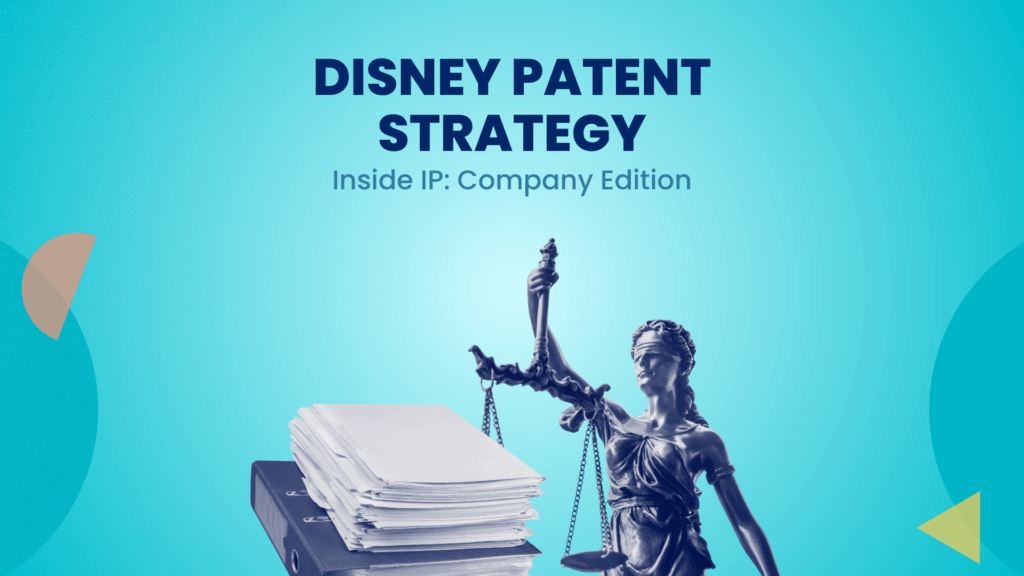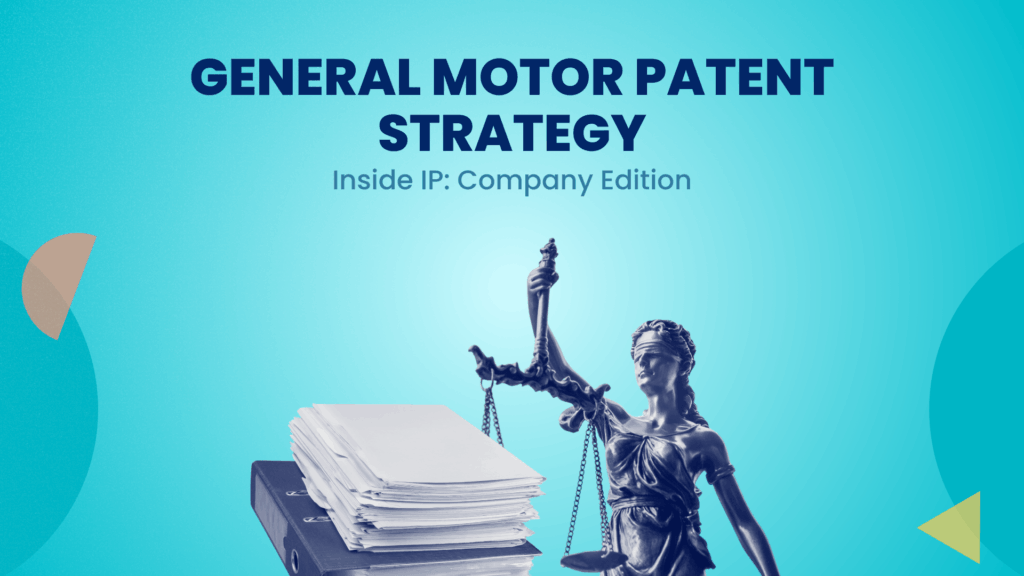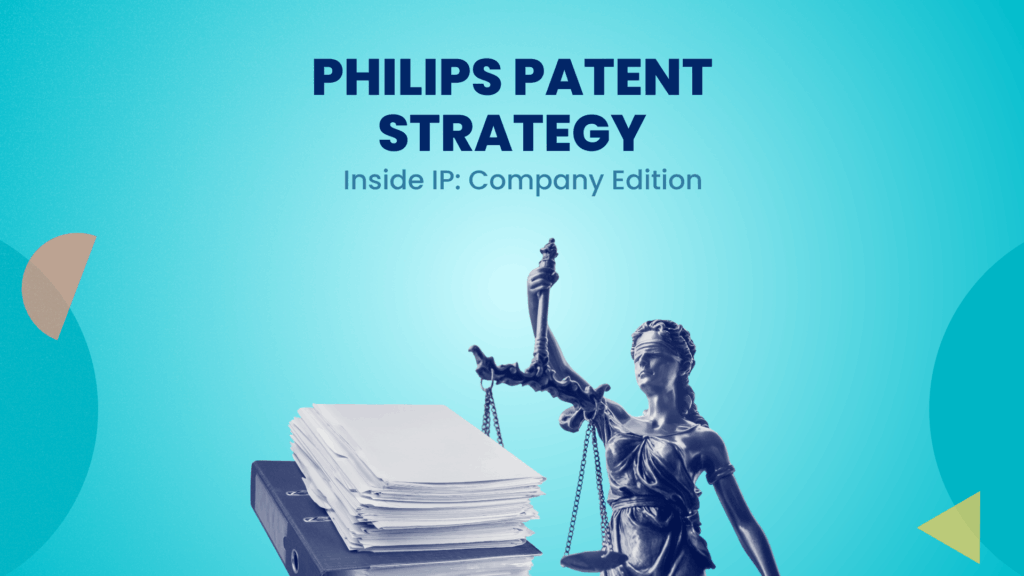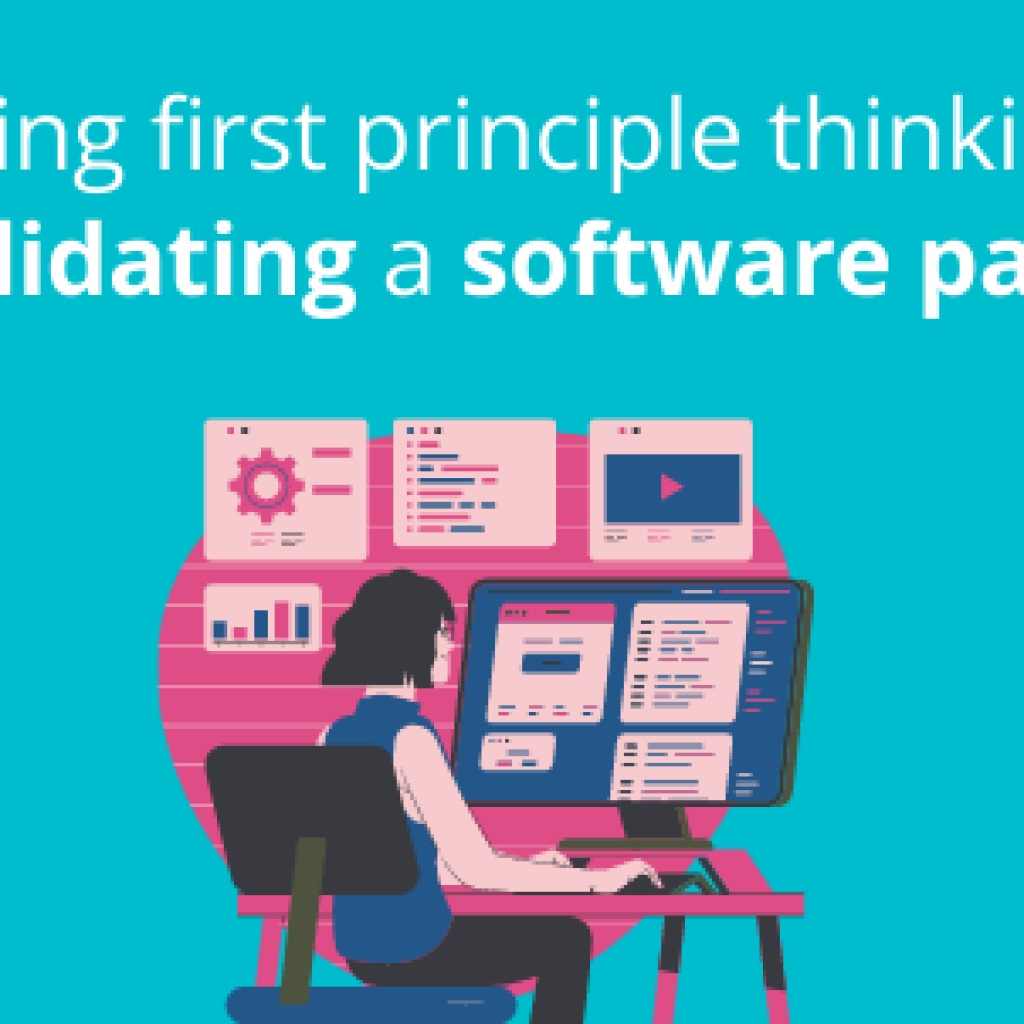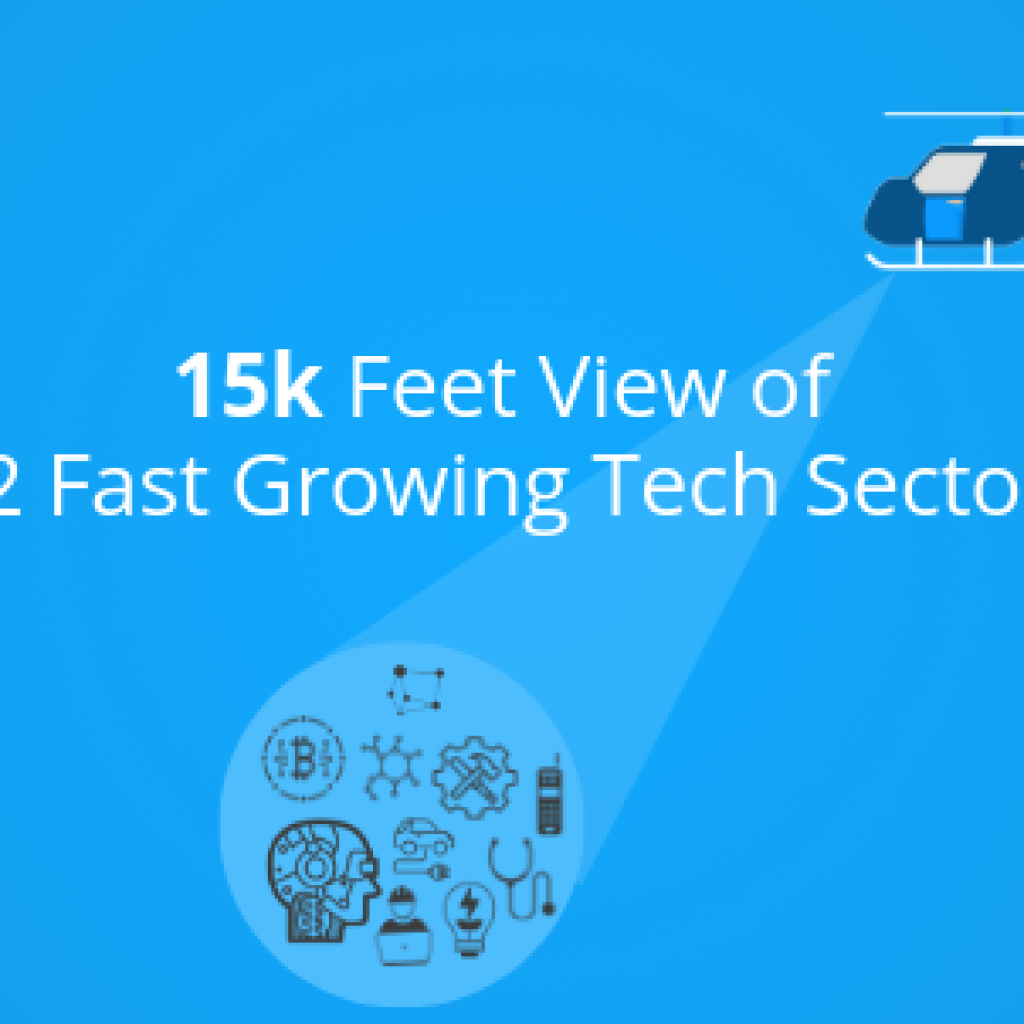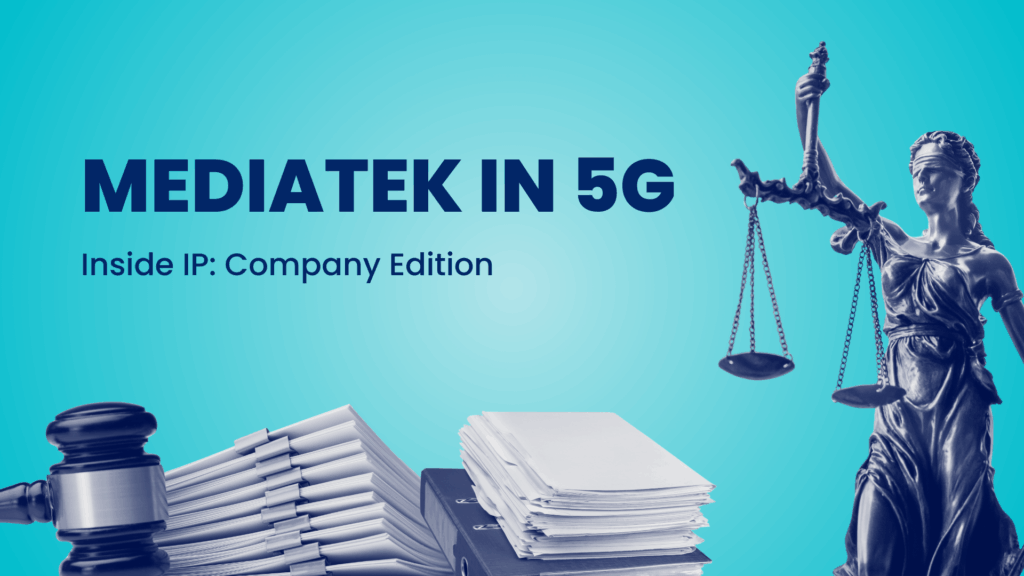Samsung has acquired 116 patents from SanDisk, marking its fourth consecutive appearance in the 2025 patent acquisition charts. This acquisition strengthens Samsung’s position in non-volatile memory (NVM), high-bandwidth computing, and intelligent storage platforms, which are key areas in the AI and hyperscale data sectors. Following Samsung’s record-setting R&D expenditure of KRW 35 trillion (~$24.1 billion) in 2024, this move underscores its ongoing commitment to AI-driven memory solutions, including SmartSSDs and storage-class memory (SCM).
The acquisition provides Samsung with crucial patents that are integral to the future of memory technology. These patents offer both technological control and legal advantages, particularly in response to growing demands in AI and memory-centric computing.
We must look back at Samsung and SanDisk’s long IP history to understand the full impact.
Historical Context: From Collaboration to Complete Control
Samsung and SanDisk have had a longstanding IP relationship since 2002, marked by a cross-licensing agreement on flash memory technologies that was renewed in 2009. However, this partnership has been superseded by Samsung’s 2025 acquisition of SanDisk’s foundational memory patents.
What once was shared is now exclusively Samsung’s, and the implications are industry-shifting. This shift is significant for the memory tech industry, especially for competitors such as Kioxia and SK Hynix, who are also deeply invested in the NAND flash and AI memory markets. For example, Micron Technology’s focus on 3D NAND and SK Hynix’s DRAM-based AI solutions are now facing increased pressure from Samsung. It can leverage these patents to create significant barriers for new entrants in the AI storage domain.
Samsung’s acquisition effectively ends shared access to critical memory patents. This means that Samsung now controls key foundational patents for players in the NAND flash and AI-optimized memory markets.
A Portfolio That Once Blocked Samsung, Now Belongs to It
This acquisition is particularly significant because USPTO examiners have previously cited several of the patents in this portfolio. They have been used as prior art in patent rejections against Samsung, Kioxia, and other players in the memory tech sector.
By acquiring this portfolio, Samsung has effectively neutralized a significant competitive advantage previously held by these patents. It eliminates a major obstacle in Samsung’s R&D pipeline, allowing the company to move forward with unimpeded innovation in key memory technologies.
The Three Pillars of Technological Advantage
The core themes of these patents revolve around memory performance optimization, advanced memory architecture, and system-level integration. Each directly addresses technical bottlenecks and aligns with Samsung’s roadmap for memory-centric computing and AI-ready infrastructure.
As we narrowed down the most impactful patents, 9 were identified based on their relevance to current market challenges and their legal influence in blocking competitors. Among these 9, the final 3 patents US7826271B2, US8576624B2, and US11170290B2 – stood out as especially critical.
These patents were instrumental in blocking or influencing filings from major players like Samsung, Kioxia, SK Hynix, and Micron, all of whom are key competitors in the memory tech and AI-driven storage markets.
Want to see the complete acquired dataset and assess how closely your technology landscape overlaps? Slate explores patterns in the patent ecosystem to highlight what matters. This includes who’s solving which problems, where competitors are placing bets, and how your portfolio stands in comparison.
Get customized overlap assessment and timely insights
Memory Performance Optimization
This group of patents focuses on improving the speed and reliability of memory systems, making them more efficient and suitable for modern applications like AI and smart storage solutions. These patents ensure that devices can process data quickly and reliably even in challenging conditions.
- US7826271B2: Speed up data writing in SmartSSDs (advanced storage devices) by reducing extra steps that normally slow down the process. This is especially important in AI systems, where quick data access is needed to efficiently handle large amounts of information.
- US8576624B2: Helps memory systems in devices like smart sensors or autonomous vehicles adjust automatically to changes in temperature. It ensures that the system continues to perform reliably even when exposed to heat or cold, which is common in real-world applications like edge computing.
- US9812209B2: Prevents data loss in case of unexpected power cuts by allowing systems to pause data writing safely. The feature is critical in industries like healthcare and banking, where data integrity is crucial for making critical, real-time decisions.
Advanced Memory Architecture
These patents address challenges in improving the performance and capacity of memory systems, particularly in high-performance applications like AI and data centers.
- US9030016B2: This patent improves memory speed by using copper wiring and air gaps to allow data to move faster within the memory. This is particularly helpful in devices where multiple layers of memory are stacked, like in high-performance computing systems.
- US8816315B2: This patent introduces a new type of memory called ReRAM, which can be easily scaled up and used for in-memory computing. It’s great for AI accelerators (hardware designed to speed up AI tasks), where fast and efficient data storage is essential.
- US8551855B2: This patent explores the use of carbon-based materials in memory devices, helping them last longer and work efficiently even with heavy use. This is important for neuromorphic systems (which simulate the brain’s way of processing information) that need memory to be fast, reliable, and low-power.
System-Level Integration
These patents focus on improving how memory works with other parts of a computer or device, helping everything work together smoothly and efficiently, especially in AI-powered systems.
- US10346325B2: This patent introduces a new memory controller that makes it easier for memory systems to handle multiple tasks simultaneously. It’s vital for systems that process large amounts of data in parallel, like AI training systems or advanced computing nodes.
- US11169918B2: This patent improves data transfer and system performance in storage memory devices by adjusting the way data is organized and cached. This is crucial for making AI-powered systems more efficient and enabling real-time data processing.
- US9817749B2: This patent allows memory systems to reduce their computational load by shifting some tasks to the main processor. It helps AI storage systems work faster and more efficiently, particularly in systems handling multiple tasks simultaneously.
Highlighting Strategic Standouts from the Portfolio
As shared earlier, SK Hynix and Kioxia are two of Samsung’s main competitors in the AI-optimized memory market. Therefore, patents that have blocked or influenced filings from these companies hold high strategic value. In addition, the first two patents discussed here also show strong forward citation activity, indicating both their technical influence and relevance. The third patent stands out due to the recency and uniqueness of its architectural concept, an emerging area of innovation. These factors made these three patents key highlights from the portfolio.
- US7826271B2 – Efficient Memory Programming for Speed and Durability
As highlighted by IBM Research at the Flash Memory Summit:
“Repeated application of program/erase (P/E) pulses leads to degraded reliability of the underlying NAND flash cells.”
Traditional flash memory programming involves repetitive P/V cycles to set each memory cell’s threshold voltage accurately. This process not only slows down write speeds but also accelerates memory wear.
US7826271B2 patent directly addresses this issue by minimizing unnecessary verification steps through predictive programming, enhancing endurance, and write efficiency. The result is faster write speeds, reduced verify operations, and boosted SSD controller efficiency, vital for SmartSSD and Processing-In-Memory (PIM) deployments. These advancements will enable high-speed bulk data movement in AI accelerators and training servers. Moreover, the patent has been cited 26 times, showing its impact in shaping this technology.
Samsung has a well-established track record of strategically using its patent portfolio to enhance its competitive position in the market. For example, in 2022, Samsung and Qualcomm extended and expanded their strategic partnership, including cross-licensing their respective patents in 5G, mobile technologies, and semiconductor innovations (Source: Qualcomm & Samsung Press Release, 2022).
Even with this acquisition, Samsung could block competitors in future patent disputes or cross-license with other tech companies. This will aid Samsung in expanding its IP portfolio in emerging sectors like AI and memory technologies.
Given the increasing demand for SmartSSDs in AI and data center applications, Samsung will monetize this patent by licensing the technology to other memory manufacturers or cloud storage providers. A recent example of Samsung’s successful patent monetization is its memory solutions business, which generated $10 billion in revenue from patent licensing in the semiconductor field in 2020 (Source: Samsung Financial Reports).
The same approach can be applied here. As a key player in next-gen memory solutions, Samsung is opening doors to royalty-bearing agreements with leading industry giants.
- US8576624B2 – Smarter Memory Reading for Reliable Performance
This patent describes a smarter way of reading data from flash memory. Traditional memory systems use fixed reference points to read data, which can cause problems when temperature or voltage levels fluctuate. This invention changes how memory is read based on current conditions inside the chip. In other words, it learns and adapts in real time, leading to more accurate and reliable data access.
This technology is especially useful in demanding environments, like edge AI devices or computers inside vehicles, where temperatures can swing drastically. For instance, Samsung’s AM9C1 SSD—built for automotive use—operates from -40°C to 105°C. While Samsung doesn’t publicly explain every detail of its design, the high stability of this product across such a wide temperature range hints that adaptive methods like the one in this patent may be part of the solution.
What makes this patent even more important is that it has influenced or even blocked similar attempts by other companies like Kioxia and Powerchip Semiconductor. As memory chips store more data and are used in harsher conditions, innovations like this that improve durability and performance are quickly becoming essential across the tech world. This makes the patent a technical improvement and a key advantage in the fast-evolving memory industry.
- US11170290B2 – Binary Neural Networks in Vertically Stacked Memory Arrays
This patent presents a strong monetization potential by addressing a key obstacle in deploying artificial intelligence (AI) and machine learning (ML), which is the high computing load and data movement needed during neural network inference. It introduces an innovative architecture for executing Binary Neural Networks (BNNs) and Ternary-Binary Networks (TBNs) directly within NAND flash memory.
By enabling in-memory execution of core operations like multiply-and-accumulate (MAC), the design eliminates the need to transfer data between memory and a separate processor constantly. This significantly reduces latency and energy use, aligning well with Samsung’s broader strategy to improve AI performance in edge computing environments.
A similar vision is evident in Micron’s patent (US20220156549A1), which outlines a pipelined design for implementing Spiking Neural Networks (SNNs) using specialized memory components. These components process spike inputs, manage synaptic lookups, and update neuron parameters simultaneously, allowing for scalable and continuous learning. While Micron focuses on brain-inspired spike-based AI and SanDisk on binary and ternary logic-based models, all three reflect a shared trend: the convergence of memory and compute functions. This direction points toward a broader industry movement to accelerate AI by embedding intelligence directly within memory hardware, enabling faster, more efficient, and scalable inference across diverse AI architectures.
What’s Next for Competing Companies?
The acquisition of SanDisk’s memory patent portfolio is more than a transaction. It represents Samsung’s strategic absorption of decades of innovation, now embedded into its next-generation AI memory roadmap. But the implications extend far beyond Samsung. With several patents already used to block filings from key competitors like Micron and Kioxia, this move will reshape the landscape for cross-licensing, litigation strategy, and freedom to operate in the AI memory space.
If your company operates in this domain, now is the time to assess the ripple effects proactively:
- How might Samsung’s newly fortified patent portfolio influence your current or future filings?
- What legal or strategic risks should you anticipate in light of shifting IP boundaries?
- Where can you assert your own rights to strengthen negotiation positions or avoid conflict?
GreyB’s experts can help you evaluate these questions. Assess your portfolio risks today.

